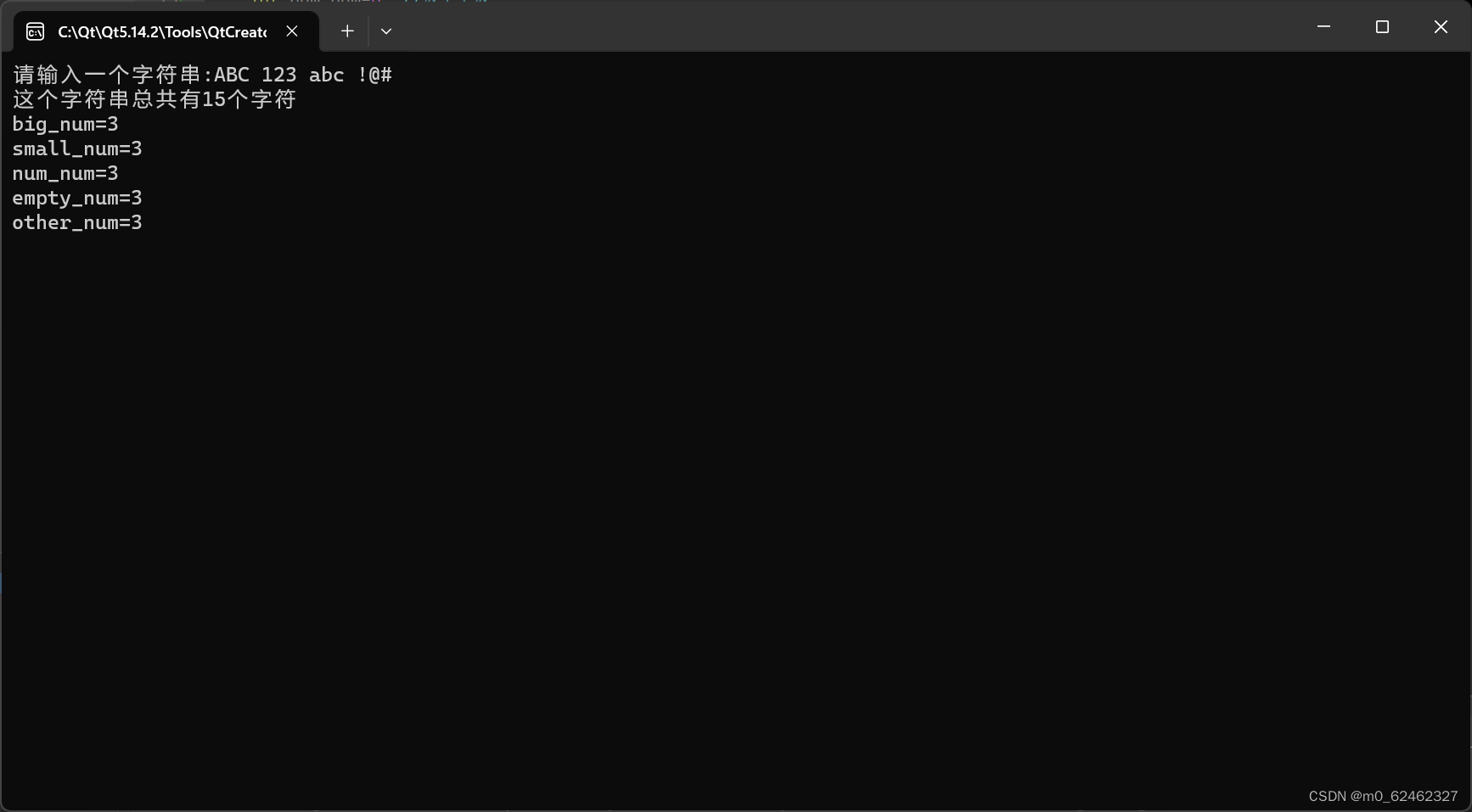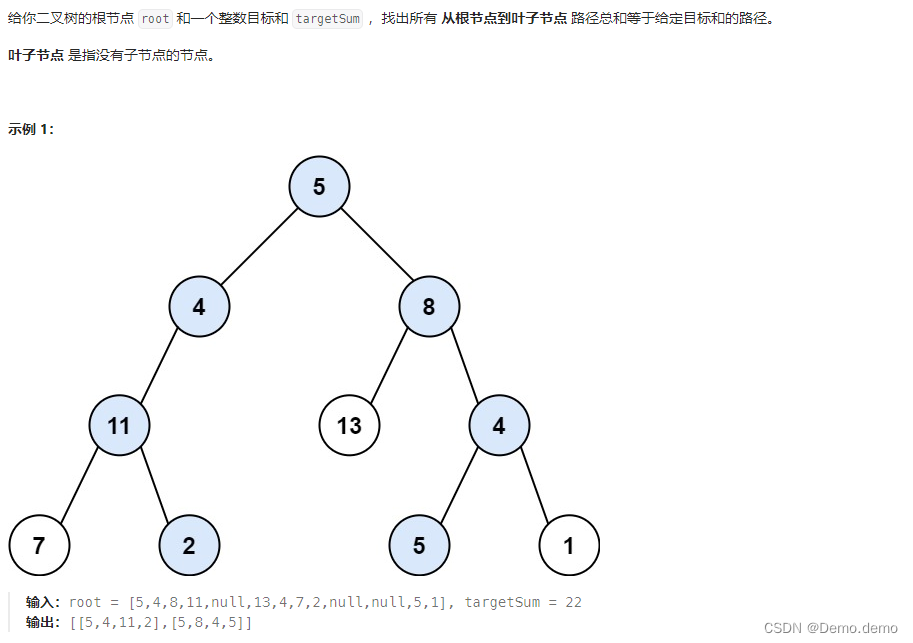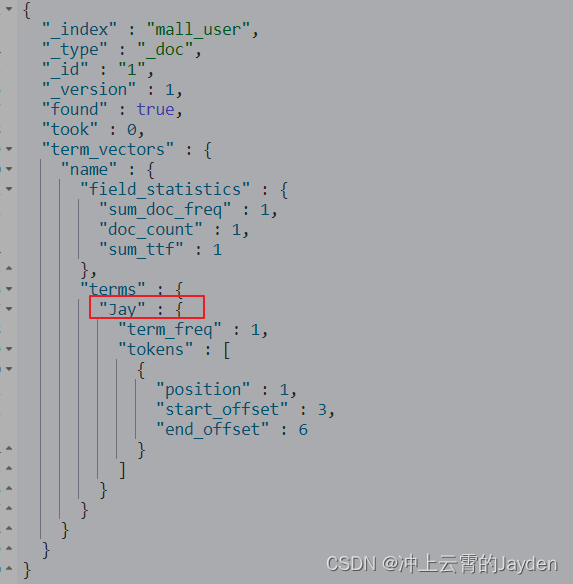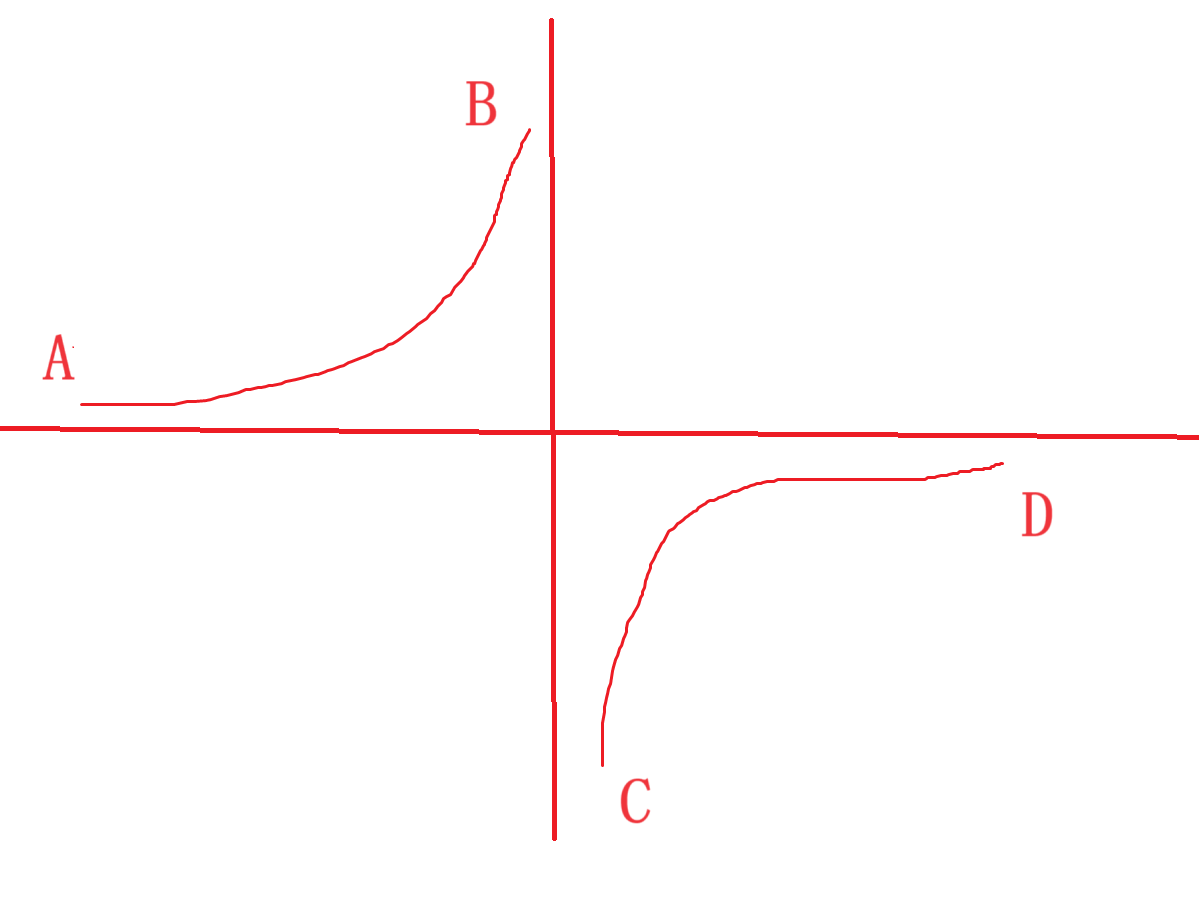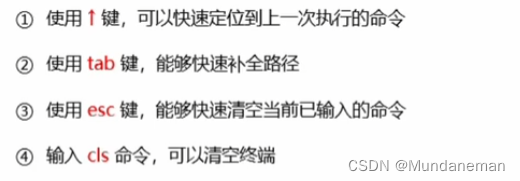1.概念
AOP(Aspect Oriented Programming),意为“面向切片编程”,是Spring中一个重要的内容,其本质是动态代理,通过加入切片的方式,降低了各个业务逻辑之间的耦合度,让原生代码更加具有专一性
画个图方便理解:
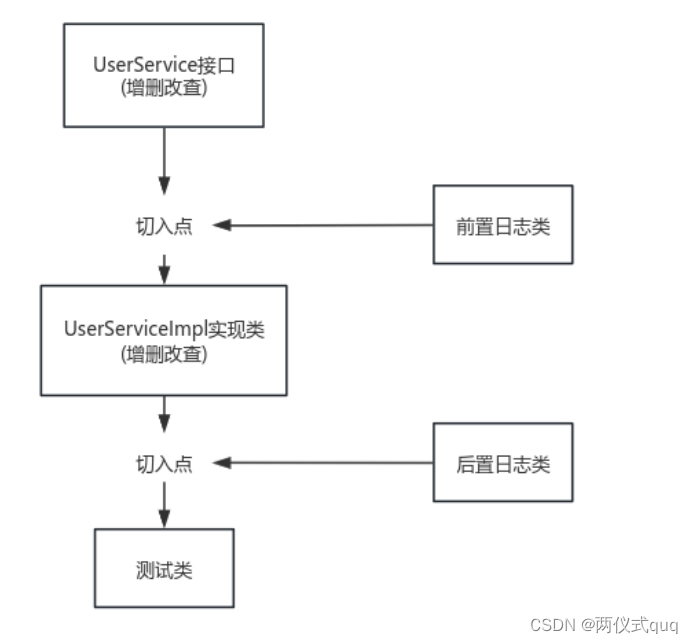
我们一般使用AOP来向业务模块增加日志、缓存、安全功能等,下面的实例也是以上面这张图来完成的
2.实现
UserService接口:
public interface UserService {public void add();public void delete();public void update();public void select();}
UserServiceImpl实现类:
public class UserServiceImpl implements UserService{@Overridepublic void add() {System.out.println("增加了一个用户");}@Overridepublic void delete() {System.out.println("删除了一个用户");}@Overridepublic void update() {System.out.println("修改了一个用户");}@Overridepublic void select() {System.out.println("查询了一个用户");}
}
- 现在我想给这个实现类加一个日志功能,但是最好不要碰源码,这时就可以采用AOP
- 实现AOP的方式有三种
- 采用Spring的API,如下:
2.1.Spring的API实现AOP
日志类(有前置日志和后置日志):
//一个前置的日志类
public class Log implements MethodBeforeAdvice {//method:要执行目标对象的方法//args:参数//target:目标对象@Overridepublic void before(Method method, Object[] args, Object target) throws Throwable {//**类的**方法被执行了System.out.println(target.getClass().getName()+"的"+method.getName()+"被执行了");}
}//一个后置的日志类
public class AfterLog implements AfterReturningAdvice {@Overridepublic void afterReturning(Object returnValue, Method method, Object[] args, Object target) throws Throwable {System.out.println("执行了"+method.getName()+"方法,返回值为:"+returnValue);}
}导包:
<dependency><groupId>org.aspectj</groupId><artifactId>aspectjweaver</artifactId><version>1.9.9.1</version></dependency>Spring配置文件:
<?xml version="1.0" encoding="UTF-8"?>
<beans xmlns="http://www.springframework.org/schema/beans"xmlns:xsi="http://www.w3.org/2001/XMLSchema-instance"xmlns:aop="http://www.springframework.org/schema/aop"xsi:schemaLocation="http://www.springframework.org/schema/beanshttps://www.springframework.org/schema/beans/spring-beans.xsdhttp://www.springframework.org/schema/aophttps://www.springframework.org/schema/aop/spring-aop.xsd"><!--注册bean--><bean id="userService" class="com.sun.service.UserServiceImpl"/><bean id="log" class="com.sun.log.Log"/><bean id="afterLog" class="com.sun.log.AfterLog"/><!--配置aop--><!--需要导入aop的约束:xmlns:aop="http://www.springframework.org/schema/aop"http://www.springframework.org/schema/aophttps://www.springframework.org/schema/aop/spring-aop.xsd--><aop:config><!--切入点--><!--expression:表达式--><!--execution():表示切入点的位置,第一个参数表示返回值类型,*表示任意返回值,第二个参数表示这个包下任意一个方法,并且这些方法的参数也是任意的--><aop:pointcut id="pc" expression="execution(* com.sun.service.UserServiceImpl.*(..))"/><!--执行环绕--><!--把log这个bean放到上面写好的切入点中。--><aop:advisor advice-ref="log" pointcut-ref="pc"/><aop:advisor advice-ref="afterLog" pointcut-ref="pc"/></aop:config>
</beans>测试类:
public class MyTest {public static void main(String[] args) {ApplicationContext context = new ClassPathXmlApplicationContext("ApplicationContext.xml");//动态代理是代理的接口,所以转型的时候类型应该为接口,而不是实现类UserService userService = (UserService) context.getBean("userService");userService.add();}
}2.2.自定义类来实现AOP
自定义的一个log类:
public class DiyLog {public void beforeLog(){System.out.println("----------程序运行前----------");}public void afterLog(){System.out.println("----------程序运行后----------");}
}Spring的配置文件:
<!--方式二:自定义类--><bean id="diy" class="com.sun.diy.DiyLog"/><aop:config><!--自定义切面(aspect)--><aop:aspect ref="diy"><!--切入点(pointcut)--><aop:pointcut id="point" expression="execution(* com.sun.service.UserServiceImpl.*(..))"/><!--增强(advice)--><aop:before method="beforeLog" pointcut-ref="point"/><aop:after method="afterLog" pointcut-ref="point"/></aop:aspect></aop:config>
- 上面自定义的一个切面(aspect),相当于当我把切入点找到之后,往这个切入点注入的东西,就是一个切面,他往往是一个类(含有各种方法)
- 而这个类中的各个方法就叫做一个个的增强(advice)
2.3.使用注解实现AOP
自定义一个切片类:
@Aspect
public class Log {@Before("execution(* com.sun.service.UserServiceImpl.*(..))")public void beforeLog(){System.out.println("方法执行前");}@After("execution(* com.sun.service.UserServiceImpl.*(..))")public void afterLog(){System.out.println("方法执行后");}@Around("execution(* com.sun.service.UserServiceImpl.*(..))")//在环绕增强中,我们可以给定一个参数,代表我们要获取处理切入的点//这个参数jointPoint表示所有方法的执行点,是用来被pointCut修饰的,被修饰之后我们就能知道哪些方法可以被织入advicepublic void around(ProceedingJoinPoint joinPoint) throws Throwable {System.out.println("环绕前");//执行方法Object proceed = joinPoint.proceed();System.out.println("环绕后");System.out.println(proceed);}}
- @Aspect:表明这是一个切片
- @Before:前置增强,参数是切入点
- @After:后置增强,参数是切入点
- @Around:环绕增强,参数是切入点


